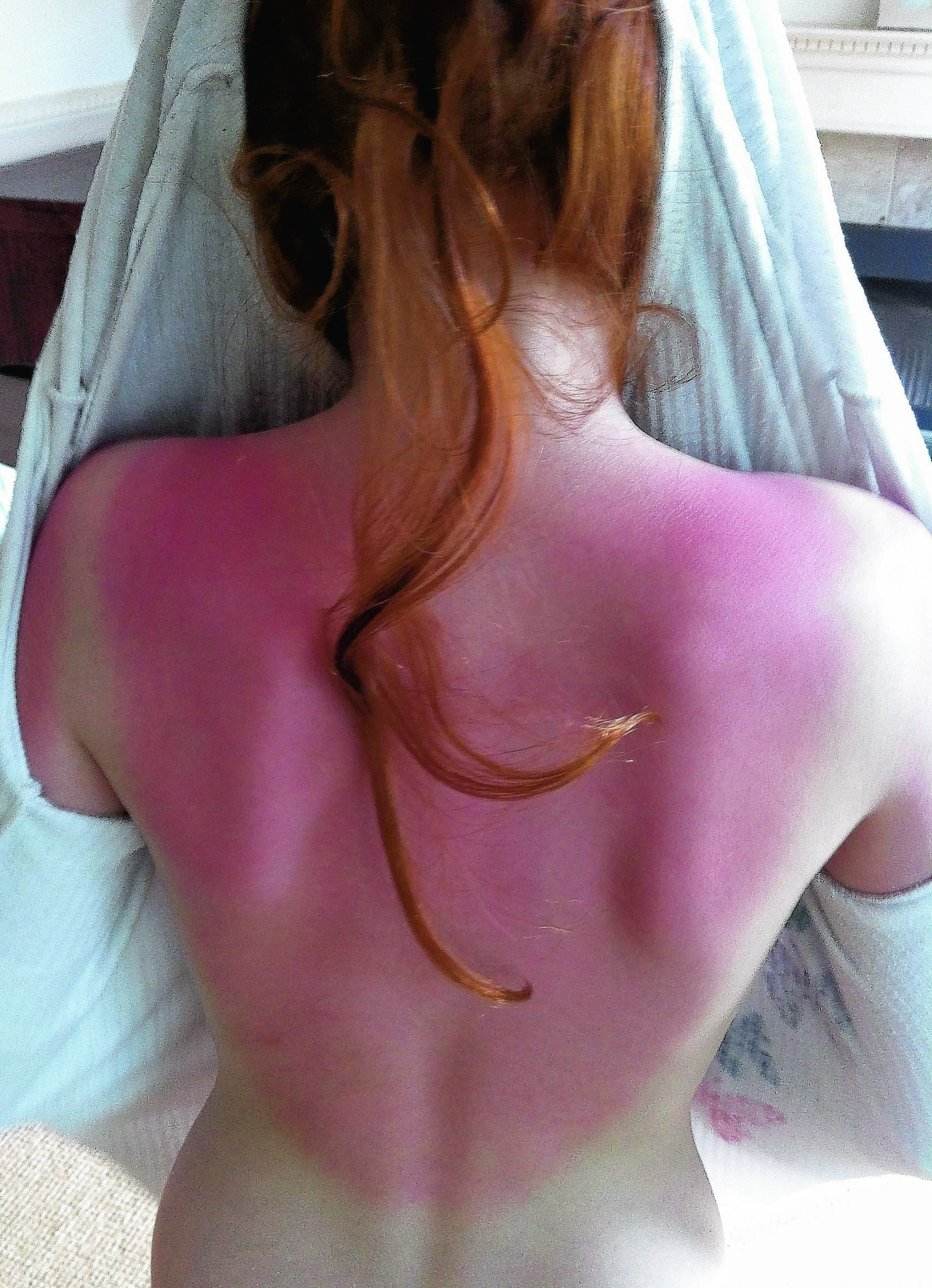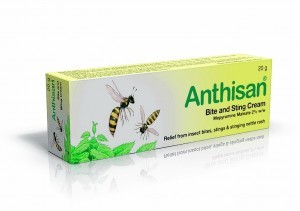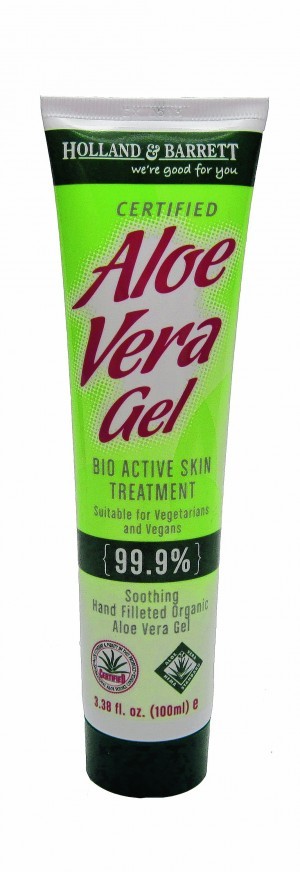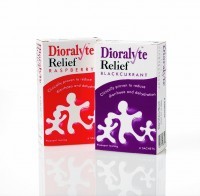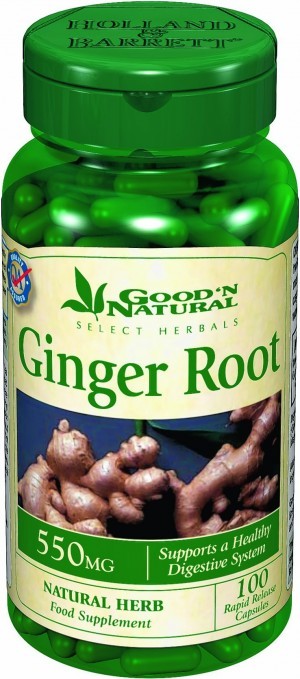Looking after your health, both by packing medical essentials and taking sensible precautions to avoid falling ill while you’re away, could make all the difference between a brilliant break and a holiday from hell.
Research from health supplements company Nature’s Best suggests that more than half of holidaymakers (54%) get a tummy bug with diarrhoea and vomiting while they’re away, while 33% have had constipation during their holiday, and a third have suffered from itchy and sore prickly heat rashes.
Dr Imran Rafi, chair of clinical innovation and research at the Royal College of GPs says: “It’s important to think about prevention from the outset, before you go on holiday, and to take sensible precautions to avoid discomfort or illness and sickness.”
1. TUMMY TROUBLE
Stomach bugs, causing diarrhoea and sickness, are one of the most common holiday health problems. Dr Rafi says it’s important that precautions are taken, particularly in areas with poor sanitation.
“People with low immune systems, children and older adults are particularly at risk through contaminated water and unsafe food, which increase the risk of illness,” he says. “So drink water that’s been boiled, avoid ice in drinks, and eat freshly prepared food that’s served hot where possible.”
Dr Roger Henderson, a GP, says diarrhoea is typically caused by irritation of the gut or viral and bacterial infections, frequently picked up from food or drinks consumed on holiday.
He warns that while diarrhoea is usually thought of as a mild condition, it can quickly become serious due to dehydration. Children, teens and the elderly are particularly at risk, as loss of fluids and salts affects them more quickly.
Dr Henderson suggests travellers pack oral rehydration sachets to help combat the effects of diarrhoea if necessary.
2. CONSTIPATION
A third of people are thought to suffer from constipation on holiday, and it can be upsetting and uncomfortable. “A change in time-zones, variable eating habits with lack of fibre, lack of fluid in hot climates and lack of exercise can all contribute, and by concentrating on these factors, constipation can be avoided,” says Dr Rafi. A simple trick is to make sure you’re drinking more water when you’re in warmer climates, to make up for body fluids lost through sweating. Also, eating high-fibre foods including fruit, vegetables and cereals during your trip can help.
3. SICK OF TRAVELLING
Travel or motion sickness is a temporary disturbance of the balance and equilibrium system based deep in the inner ear, explains Dr Henderson, due to the repetitive, rhythmical movements associated with being on an aeroplane or in a boat or car.
Here are Dr Henderson’s top tip to help avoid the problem:
Don’t eat before travelling, and avoid fizzy drinks.
- Don’t read during the journey.
- Try to focus on a fixed object in the distance, such as the horizon.
- Get some fresh air, and avoid smoke.
- Sit in the middle of the boat or aircraft where the motion is felt least.
- Anti-sickness tablets taken an hour before travel often help, but may cause drowsiness.
- Natural treatments include ginger, and wearing acupressure bands on the wrists.
4. BURNING PROBLEM
Most people are aware of the damage too much sun can do to the skin, including cancer and premature ageing, yet many ignore the warnings and often end up with painful sunburn which can ruin a holiday.
“Avoid being outside between 11am and 3pm when the sun is at its strongest, and always use sunscreen with a minimum skin protection factor (SPF) of 15 before going outside into the sun,” says Dr Henderson.
Pack some after-sun lotion or cooling gel, so you have something soothing on hand, should anybody be caught out.
5. ONCE BITTEN
Generally, insect bites are merely an itchy annoyance, but sometimes they can cause serious illnesses. Mosquito bites, for instance, can cause yellow fever (for which pre-holiday vaccinations are available) or malaria (anti-malarial tablets can be taken before and during travel).
Contact your GP around eight weeks before travelling to check whether vaccinations or other preventive measures are needed for the country you’re going to.
“Presentation of symptoms may be delayed for many months after returning back home from a malaria-affected country,” warns Dr Rafi, who advises that air conditioning, bed nets, insect repellents and staying covered up by wearing trousers and long-sleeved clothing may help reduce the risk of being bitten.
Bites can be treated by washing the affected area with soap and water and then applying a cold compress to reduce swelling. Try not to scratch the bite, as this can lead to infection.
If a person has an allergic reaction to a bite, the area may become very inflamed and swelling may spread. Seek medical advice if concerned and take an antihistamine tablet if necessary.
6. PRICKLY HEAT
Prickly heat is usually caused by blocked sweat glands, with the excessive sweat under the skin causing a local skin reaction which appears as red, itchy, raised spots, says Dr Rafi. To avoid the uncomfortable condition, he advises holidaymakers wear loose cotton clothing and reduce exposure to heat. Those prone to the rash may find the use of steroid creams, such as hydrocortisone, helpful. Soothing barrier creams, and antihistamine tablets may also help.
7. FIRST-AID ESSENTIALS
Dr Henderson recommends packing plasters, fluid replacement sachets, paracetamol, antihistamines, antacids, antidiarrhoeals, antiseptic, anti-inflammatory creams and anti-nausea tablets as part of a holiday first-aid kit.
- Anthisan Bite And Sting Cream, £3.49, Boots – Instant soothing relief, this cream helps reduce inflammation too.
- Dioralyte Relief, £4.25 for six sachets, Boots – Suitable for adults and children over 1, these handy sachets replace lost fluids and help combat loose stools.
- Good n Natural Ginger Root Capsules, £8.39 for 100 capsules, Holland & Barrett – A natural remedy to ease travel sickness.
- Holland & Barrett Aloe Vera Gel, £3.99, Holland & Barrett – Lovely and cooling, quick and easy relief for sunburn and heat rash.
